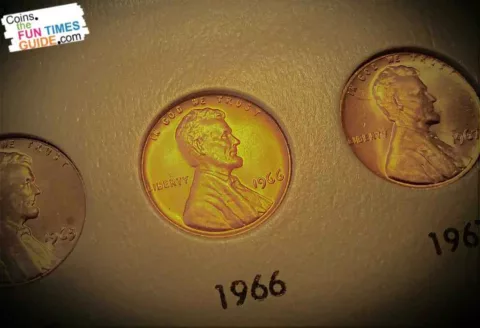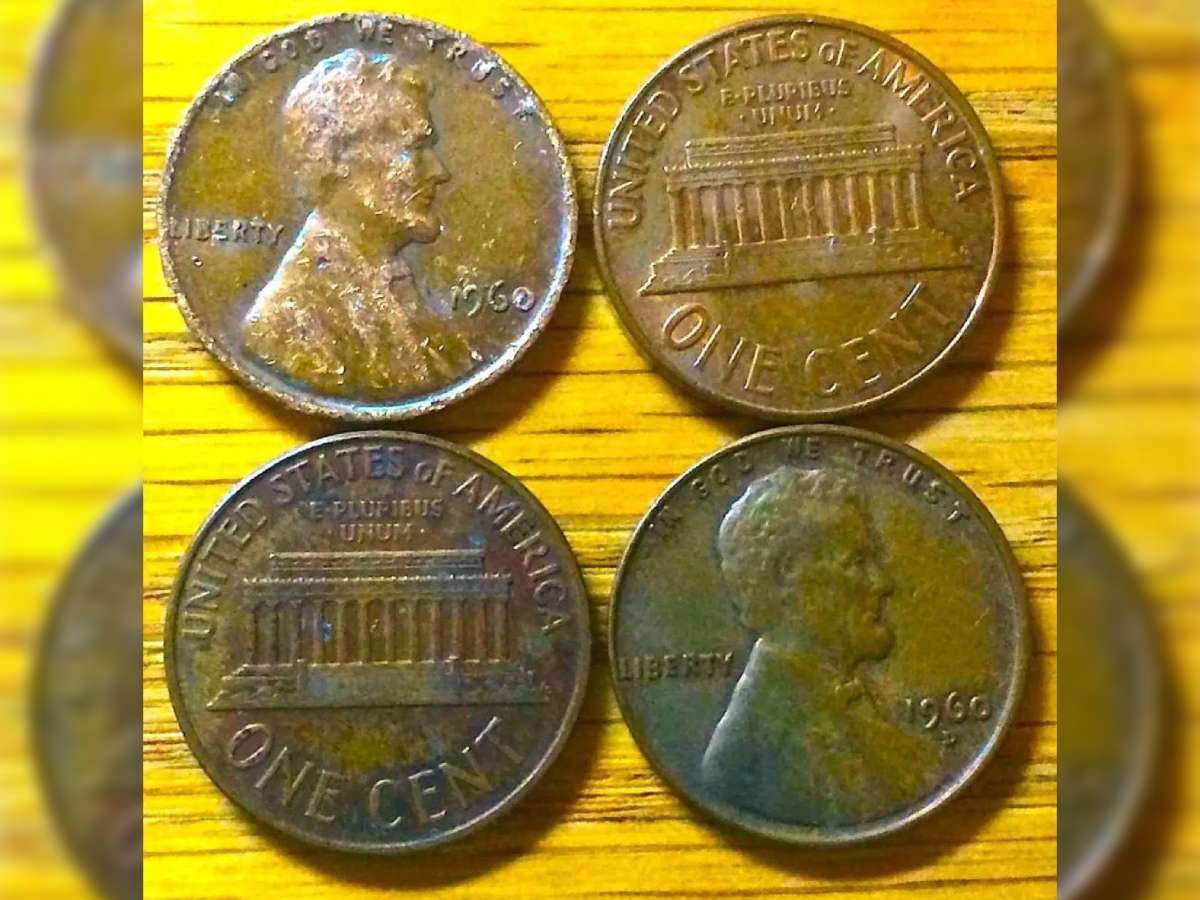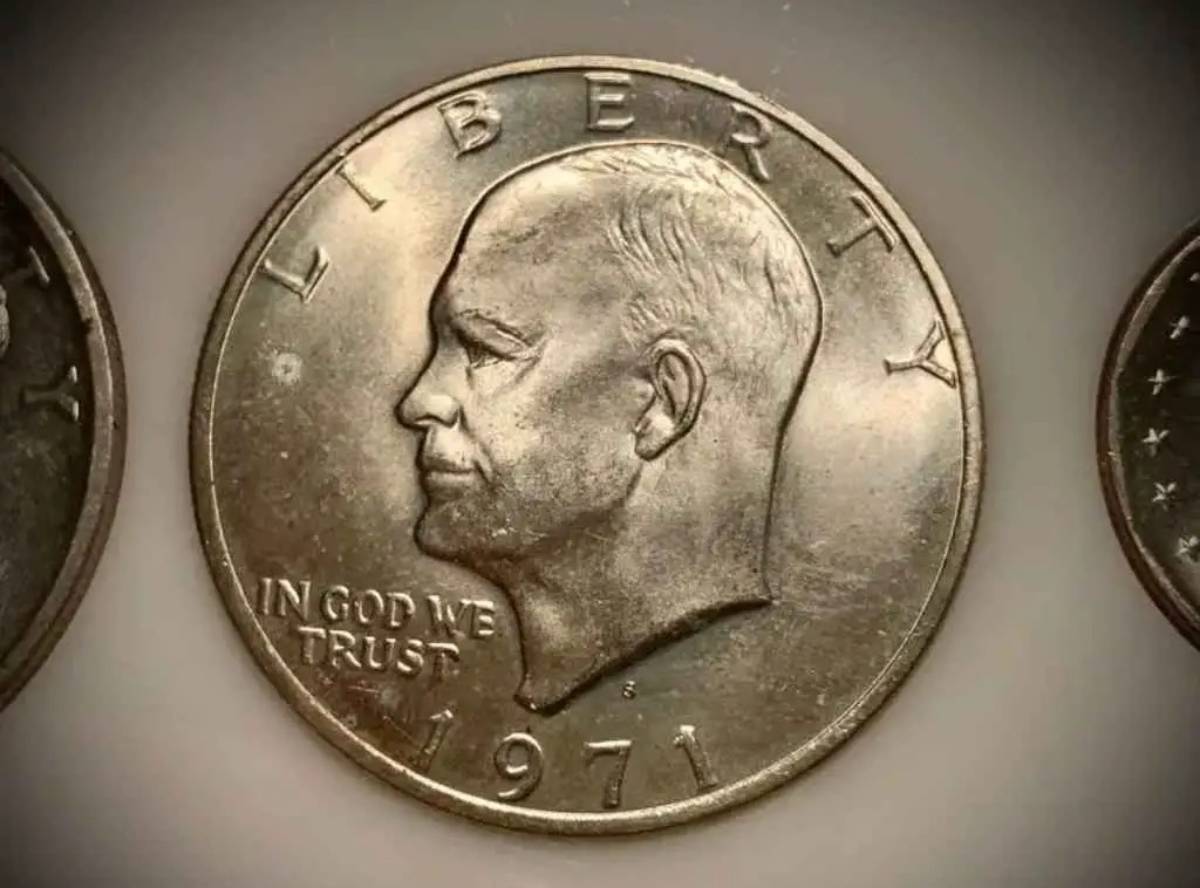
Have any 1966 pennies? Well, the good news is that all of your 1966 pennies are worth more than face value! That means you should hold onto them — and not spend them.
And the great news is some 1966 pennies are worth thousands of dollars!
You’re probably wondering how much more than face value is each 1966 Lincoln Memorial cent is worth — and how to tell if you have any that are worth a lot of money.
The value of your 1966 penny depends on the condition of each coin and if it has any errors or varieties.
Here’s what to look for on your 1966 pennies…
NOTE: A major coin shortage in the mid-1960s caused the U.S. Mint to make several significant changes to its coin production. The aim was to strike more coins while reducing the incentive to pull coins from circulation. Among the changes were the elimination of 90% silver coins due to rising bullion costs, the removal of mintmarks from coins, and the temporary suspension of traditional proof sets and uncirculated sets — both of which were replaced by Special Mint Sets (SMS).
1966 Penny Value
The 1966 Lincoln penny saw a mintage of 2,188,147,783 pieces — making it a highly common coin.
However, even this coin, available in plentiful quantities, has become scarce in pocket change these days. Why is that?
It’s because these old pennies are made from a bronze composition consisting of 95% copper and 5% zinc. Copper is a semi-precious metal that has increased in value during recent decades.
The amount of copper in a Lincoln cent is worth about twice its face value. So, it’s worth saving all of your copper pennies from 1966 because they’re technically worth 2 times face value!
- A 1966 penny is worth about 2 cents — even in worn condition.
- A typical uncirculated 1966 penny is worth around 10 to 20 cents apiece.
- The most valuable 1966 penny to have ever sold at auction was graded MS67RD by Professional Coin Grading Service and took $6,463 in a 2012 auction.
1966 SMS Penny Value
Special Mint Sets (SMS) saw their second year of production in 1966. They were a substitute for the traditional proof sets and uncirculated sets, which the U.S. Mint had put on hiatus in 1965 — during the height of a crippling coin shortage.
1966 SMS pennies are specially made Lincoln cents that have superior surfaces to an ordinary penny, but are not quite as shiny or sharply struck as a proof penny.
Here’s are some of the ways that SMS coins differ from typical proof coins and uncirculated coins:
- SMS coins exhibit sharp strikes — often sharper than ordinary uncirculated coins. While proof coins are usually struck multiple times (at least twice) to bring up even the most minute details, SMS coins were struck just once.
- SMS coins were struck on higher-tonnage presses, owing to the better strike most SMS coins bear — which is different from regular, business-strike coins that were released in circulation. SMS coins are higher-quality coins that were also produced with polished blanks and polished dies (but they were not struck as proofs).
- All SMS coins, including 1966 SMS pennies, were not produced for circulation and were never intended to be spent as money.
In all, the United States Mint produced 2,261,583 SMS pennies in 1966. They are classified as common coins — because most of these coins were saved by collectors and remain plentiful for the collecting community today. Many coin dealers carry 1966 SMS sets for collectors to buy.
Indeed, 1966 SMS pennies exhibit sharp strikes, reflective surfaces, and are overall a nicer-looking coin than most 1966 business-strike pennies. However, it’s extremely difficult — often impossible — to tell an SMS penny from a regular, business-strike penny when it’s worn.
- Those who can tell a lightly circulated 1966 SMS penny from a regular one wouldn’t be rewarded with much a monetary payout anyway — because a worn 1966 SMS penny is worth about 2 cents for its copper metal value.
- Well-preserved, uncirculated 1966 SMS pennies are worth around 50 cents to $1 each.
- The most valuable 1966 SMS penny was graded SP67RDDCAM by Professional Coin Grading Service and realized $2,585 in a 2014 sale.
IMPORTANT: What Is The Grade Of Your 1966 Penny?
To determine the true value of your 1966 Lincoln cent, you first need to know what condition (or grade) your coin is in.
Grab a coin magnifier and a copy of the U.S. Coin Grading Standards book. Then, watch this video to see how to grade coins yourself at home:
These are the best coin grading apps that make grading coins yourself much easier.
Rare 1966 Penny Errors You Can Find In Pocket Change
Okay, so maybe you don’t have one of those super high-grade 1966 pennies worth hundreds or even thousands of dollars…
But you can still find some pretty valuable pennies with errors and varieties right in your loose change!
Yep, there really are rare treasures floating around in circulation that relatively few people know about. And most people spend them as regular money — because they have no clue what errors and varieties to look for, let alone have any concept that they’re worth money.
Now, bear in mind these errors and varieties are rare… You’re not supposed to be finding these oddities in your spare change every day. That’s part of what makes them so valuable.
And, unfortunately, most of the strange coins that you are likely to find in pocket change were altered outside of the mint or damaged in some way through circulation. Lots of people get excited when they find out about errors and varieties and start thinking that just about every unusual coin they find is valuable. However, dents, dings, scratches, odd colors — all that stuff — is just damage and isn’t worth anything extra.
But, if you know what to look for — and you’re lucky — you could score a rare and valuable 1966 penny error or variety in your loose change that’s worth big money!
Here are 4 of the most important errors and varieties you can find on 1966 Lincoln cents and how much they’re worth:
- 1966 Doubled Die Pennies — These cool errors were struck by a die that has some degree of doubling on part of the design or inscription(s). Doubled dies are some of the rarest coin errors, but they’re also usually quite valuable. Most of the known 1966 penny doubled dies show slight doubling in the lettering or date. These can fetch between $20 and $100 — depending on the magnitude of the doubling.
- 1966 Die Break Pennies — A die break occurs on an aging die and is literally a crack in the die. This crack can appear as a raised line, squiggle, or bump on the coin. Values for die breaks and die cracks depend on the size, shape, and location of the anomaly. These are usually worth $5 to $10, or more.
- 1966 Die Cud Pennies — One of the most valuable die cracks is known as a die cud.This appears as a large, flattish bump or blank area attached to the rim of the coin. These can bring $100 and up.
- 1966 BIE Pennies — A type of die break that is unique to Lincoln cents is known as the BIE variety. This is a type of vertically oriented die crack that takes the approximate shape of a capital letter “I” between the “B” and “E” of “LIBERTY” on the obverse (head’s side) of the coin. BIE pennies are relatively common but highly collectible and are generally worth $5 to $10.




